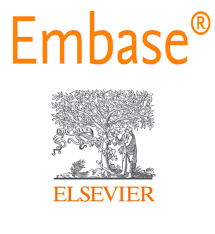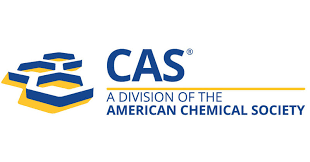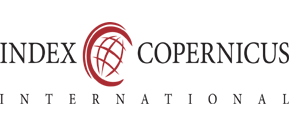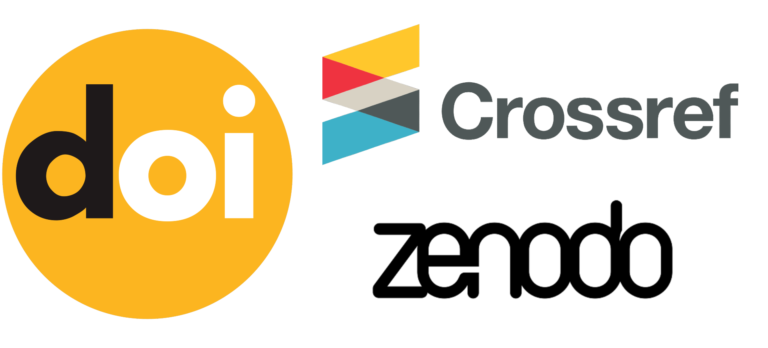TRANSCUTANEOUS BILIRUBIN NOMOGRAM IN LATE PRETERM FOR PREDICTION OF SIGNIFICANT HYPERBILIRUBINAEMIA
Keywords:
Late Preterm ,Bilirubin, Nomogram, Transcutaneous, HyperbilirubinemiaAbstract
AIMS: To construct transcutaneous bilirubin (TcB) nomogram for late preterm babiesover the first 120 hours of .To construct a regression equation to predict serum bilirubin from transcutaneous bilirubin level in late preterm babies. MATERIALS AND METHODS : This Prospective observational study conducted in the Vijay Marie Hospital over a period of 1-year (January 2023- January 2024). All babies born between 34 weeks to 36 weeks + 6 day delivered in Vijay Marie Hospital were included in the study. Transcutaneous bilirubin was estimated at regular intervals till 120 hours or till discharge. RESULTS AND CONCLUSION: A total 270 babies were recruited for the study to obtain a minimum of 143TcBvalues in each epoch. Transcutaneous bilirubin nomogram was constructed for a cohort of late preterm babies. The 5th, 10th, 25th , 50th,75th,90th,95th percentiles TcB charts were created. Rate of rise of bilirubin more than 0.25 mg/dl/h (which is a predictor of hyperbilirubinemia) was noticed for the first 24 hours in ≥ 75th percentile and in values ≥90th percentile till the 36th hour of life. There is no significant difference between the nomogram for boys and girls and also not much variability was noted in the rate of rise of bilirubin for 34,35and 36 weeks babies hence they may be taken as a single group in the construction of TcB nomogram. There exists a good correlation between the TcB value and the paired TSB obtained though the agreement is not very good.
.png)









